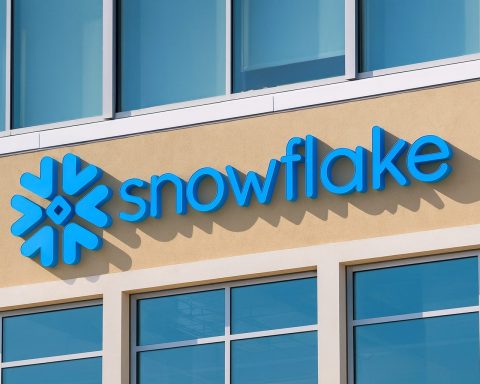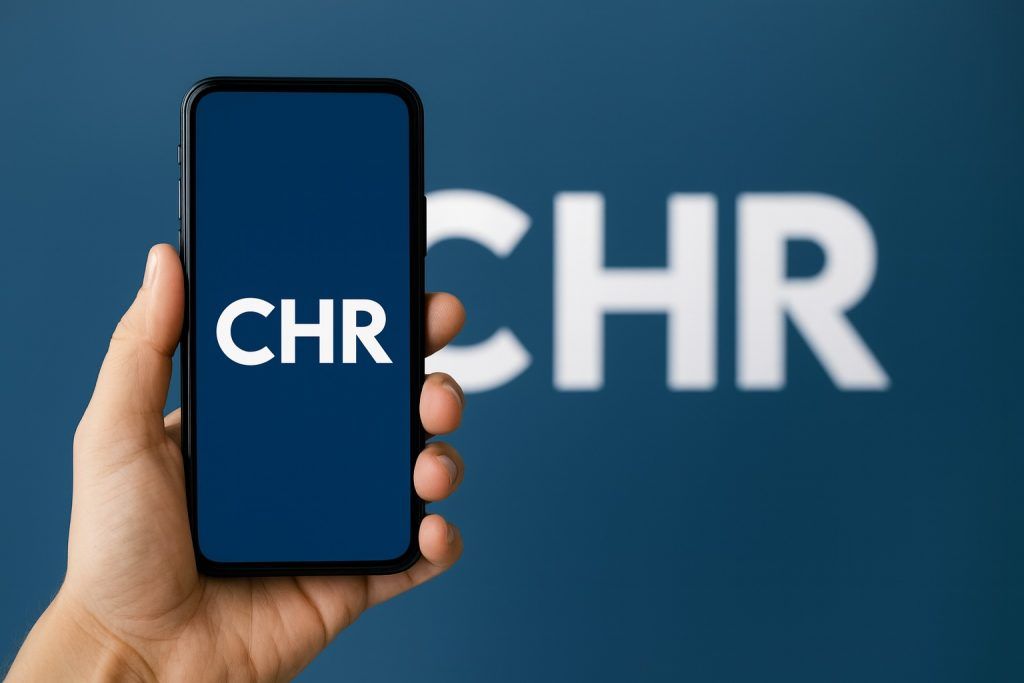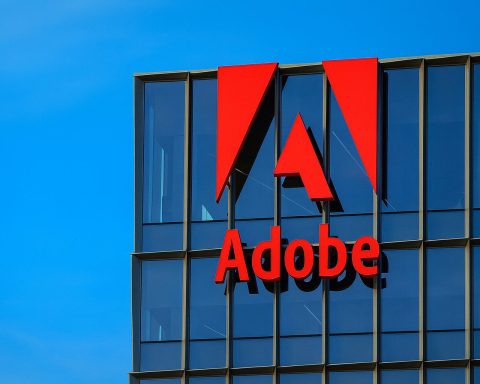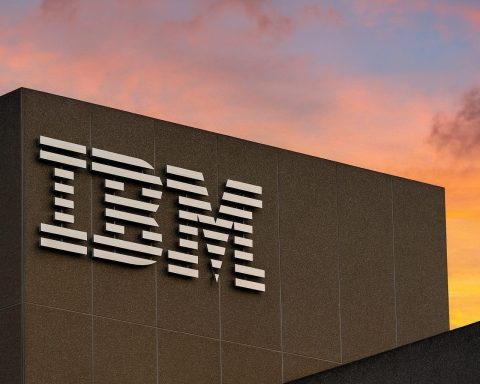Adobe has announced a $1.9 billion all‑cash deal to acquire Semrush, the Boston‑based SEO and brand‑visibility platform, in one of the biggest AI‑marketing bets of 2025. Under the agreement, Adobe will pay $12 per share, a roughly 77.5% premium to Semrush’s last closing price, sending Semrush stock sharply higher in premarket and early trading on Wednesday. [1]
The companies expect the transaction to close in the first half of 2026, subject to regulatory approvals and a shareholder vote at Semrush. Adobe has already secured support agreements from Semrush’s founders and other major shareholders representing more than 75% of voting power, signalling a high likelihood that investors will approve the deal. [2]
Beyond the headline price, the acquisition is a strategic move to fuse Adobe’s creative and customer‑experience stack with Semrush’s SEO and “generative engine optimization” (GEO) tools — and to make sure brands stay visible in a world where people increasingly search through ChatGPT, Gemini and other AI assistants instead of traditional search engines. [3]
Deal Terms at a Glance
- Buyer: Adobe Inc. (Nasdaq: ADBE)
- Target: Semrush Holdings, Inc. (NYSE: SEMR)
- Value: Approximately $1.9 billion
- Consideration:All cash, at $12.00 per Semrush share [4]
- Premium: About 77.5% over Semrush’s Tuesday close of $6.76, effectively doubling its market cap of around $1.01 billion before the news [5]
- Timeline: Expected to close in H1 2026
- Approvals:
- Approved by both boards
- Needs Semrush shareholder approval and regulatory clearance
- Adobe already has voting agreements from holders of >75% of Semrush voting power [6]
Semrush shares rocketed in reaction, trading between roughly 55% and 75% higher in premarket and early trade, just below the $12 offer price, according to multiple reports. Adobe stock saw a modest uptick after the announcement, following a year in which it had fallen more than 25% amid investor questions about its AI monetization strategy. [7]
What Is Semrush — and Why Does Adobe Want It?
Semrush is a SaaS platform best known for helping marketers manage online visibility: keyword research, competitive analysis, site audits, backlink tracking and content optimization across SEO, PPC, social media and more. [8]
Some key facts about Semrush:
- Founded in 2008, now headquartered in Boston, Massachusetts
- Roughly 1,600 employees worldwide (as of 2024) [9]
- 2024 revenue of about $377 million [10]
- Q3 2025 ARR of $455.4 million, up 14% year‑over‑year [11]
- Enterprise ARR grew 33% year‑over‑year, with strong adoption of AI products [12]
- Enterprise clients include Amazon, JPMorgan Chase and TikTok, among others [13]
In other words, Semrush is no longer just an SEO tool for bloggers and agencies; it has become an enterprise‑grade brand visibility platform, especially for large brands trying to understand how they show up across Google search, social networks and now AI‑driven assistants. [14]
For Adobe, which already powers the content supply chain (Creative Cloud) and customer journeys (Experience Cloud), Semrush fills a critical gap: the discovery layer — where customers actually find and compare brands across search and AI interfaces.
From SEO to GEO: Fighting for Visibility in an AI‑First Search World
A core reason this deal matters is the rapid shift from classic search to AI‑generated answers.
What is GEO?
Semrush has been evangelizing Generative Engine Optimization (GEO) as the next evolution of SEO. Where SEO focuses on ranking in Google’s search results, GEO aims to help brands appear and be cited inside AI answers from tools like ChatGPT, Perplexity, Gemini and Google AI Overviews. [15]
Practically, GEO tools:
- Track how often a brand is mentioned or recommended in AI responses
- Measure share of voice across prompts and AI platforms
- Flag sentiment and mis‑alignments in how AI models describe the brand
- Suggest content and technical changes to improve AI‑era visibility
Semrush’s enterprise GEO and AI‑optimization products already let marketers monitor their position across AI search engines, using data from hundreds of millions of domains and trillions of backlinks. [16]
Why Adobe cares about GEO now
Adobe’s own data underscores how quickly this channel is emerging. In the joint announcement, the companies highlighted that traffic from generative AI sources to U.S. retail sites surged 1,200% year‑over‑year in October — a staggering signal that AI assistants are becoming a primary gateway for product discovery. [17]
If customers start asking AI tools “What’s the best video editor?” or “Which B2B payments platform should I use?” instead of typing queries into Google, then traditional SEO alone is no longer enough. Brands that don’t manage their AI visibility risk disappearing from the shortlists that matter.
That’s the bet Adobe is making with Semrush: bundle GEO and SEO analytics into its broader AI‑driven marketing stack so its customers can create content, orchestrate experiences and manage discoverability from a single vendor.
How Semrush Fits Into Adobe’s AI Strategy
Adobe has spent the last two years repositioning itself as an AI‑first creative and customer‑experience platform:
- In its creative tools (like Photoshop, Illustrator and Premiere), Adobe has rolled out generative features and even chat‑based control for some apps. [18]
- It is working with OpenAI so users can control certain Adobe workflows directly from ChatGPT. [19]
- In its Digital Experience business, Adobe offers tools like Adobe Experience Manager (AEM), Adobe Analytics and the recently launched Adobe Brand Concierge, an AI‑powered conversational solution that turns static website visits into guided, on‑brand dialogues. [20]
The official logic of the deal goes like this:
- Semrush brings deep SEO + GEO data: how brands show up across search engines, AI assistants and the wider web. [21]
- Adobe Experience Cloud brings customer data, segmentation and activation.
- Creative Cloud + Firefly + Brand Concierge bring content creation and AI‑driven interactions.
Together, Adobe and Semrush say they will give marketers a “holistic understanding” of how their brands appear across owned channels, large language models (LLMs), traditional search and the open web — and the tools to improve that visibility. [22]
Anil Chakravarthy, president of Adobe’s Digital Experience business, summed up the strategic urgency in the announcement: “Brand visibility is being reshaped by generative AI,” he said — and brands that don’t adapt risk losing relevance and revenue. [23]
Market Reaction: Semrush Soars, Adobe Still Under the Microscope
On the day of the announcement:
- Semrush (SEMR)
- Spiked between roughly 55% and 75% in premarket trading, at times changing hands just below the $12 offer price. [24]
- Adobe (ADBE)
- Shares ticked slightly higher in early trade, but remain down more than 25% year‑to‑date, reflecting investor worries about competition and the pace of AI monetization. [25]
Some analyst commentary frames the move as:
- A “$1.9 billion SEO and GEO power‑play” that finally plugs Adobe directly into the search and AI‑discovery layer, strengthening its overall marketing cloud. [26]
- A signal to investors that Adobe is willing to deploy meaningful capital into AI‑driven growth after its abandoned $20 billion bid for Figma in 2023. [27]
- Potentially accretive over the medium term, given Semrush’s double‑digit ARR growth and enterprise expansion, but subject to execution risk and regulatory scrutiny. [28]
At roughly 4x–5x Semrush’s current ARR, the valuation is not cheap, but far from the eye‑watering multiples seen in some earlier software deals. Investors will be watching closely to see how quickly Adobe can:
- Cross‑sell Semrush’s GEO/SEO capabilities into its existing base of large Experience Cloud customers.
- Bundle Semrush data into Adobe Analytics and Brand Concierge to create differentiated AI‑marketing features.
- Maintain growth while managing churn and overlap with agencies and other SEO platforms.
Regulatory and Integration Risks After the Figma Saga
No big tech acquisition in 2025 escapes the shadow of antitrust — especially not one by Adobe.
Adobe previously attempted a $20 billion takeover of design platform Figma, only to terminate the deal in December 2023 after regulators in the EU and UK signalled serious concerns about reduced competition in design software. Adobe paid a $1 billion break‑up fee and walked away. [29]
The Semrush acquisition is:
- Much smaller ($1.9B vs $20B)
- In a different market (marketing/SEO analytics vs core creative tools)
- Involving a target with multiple strong competitors still in the market
All of that reduces, but does not eliminate, regulatory risk:
- Authorities could still ask whether integrating a leading SEO/GEO platform into Adobe’s already dominant marketing and analytics stack could harm competition for digital marketers.
- Regulators in Europe, the UK and the U.S. have all shown growing interest in data‑rich, AI‑adjacent acquisitions, particularly where incumbents could gain outsized control over key datasets. [30]
Integration also brings classic M&A execution challenges:
- Product overlap: Adobe already offers some analytics and content‑performance features; combining these with Semrush without confusing customers or over‑complicating pricing will be a delicate product‑management job.
- Customer trust: Semrush is widely used by agencies and mid‑market companies that may or may not be Adobe customers today. The risk is that tighter bundling into Adobe’s ecosystem could alienate some of that base if pricing or openness changes.
- Talent retention: Maintaining Semrush’s product velocity — especially in GEO — will require keeping key product, data and AI teams engaged post‑acquisition.
What the Adobe–Semrush Deal Means for Marketers and SEO Teams
For digital marketers, SEOs and CMOs, the acquisition has several practical implications:
1. GEO is no longer a buzzword — it’s a line item
Between Semrush’s GEO products and Adobe’s own analytics and Brand Concierge offerings, AI‑search visibility is being formalized as a distinct discipline alongside SEO and paid media. [31]
Expect more:
- Budgets specifically earmarked for GEO/AI visibility
- Job titles that include “AI Search” or “GEO”
- Reporting that shows how often your brand appears in AI answers vs. traditional SERPs
2. A more integrated “content → experience → discovery” stack
If Adobe executes well, customers could gain:
- Unified insights from creative assets, web content, customer journeys and search/AI visibility in one set of dashboards
- The ability to test content variations and immediately see both SEO and GEO impact
- Smarter conversational experiences (via Brand Concierge) that are informed by Semrush data on what people search and ask for [32]
For marketers already invested in Adobe Experience Cloud, that could be a compelling one‑stop shop.
3. More pressure on competing SEO and analytics vendors
Rivals in SEO and marketing analytics will now be selling into a market where:
- One of the largest enterprise marketing suites on the planet comes with built‑in SEO and GEO intelligence
- Large brands may prefer fewer vendors if Adobe can prove that its integrated stack is good enough
That doesn’t mean independent tools disappear — but it likely intensifies competition on:
- Depth of GEO features
- Breadth of data coverage
- Integrations with both Adobe and non‑Adobe ecosystems
Key Takeaways for Investors
Without offering investment advice, here’s how many market participants are framing the deal:
- Strategic fit: High
- Semrush gives Adobe a direct data lens into how brands are discovered, completing a “create → distribute → measure → optimize” loop across both search and AI. [33]
- Valuation: Full but not extreme
- ~77.5% premium and a multiple of roughly 4x–5x ARR are substantial, but supported by Semrush’s growth, cash generation and enterprise upside. [34]
- Execution risk: Moderate to high
- Adobe’s track record is strong in many integrations, but regulators’ stance after Figma means any sizable deal will attract close scrutiny. [35]
- AI signal: Strong
- The acquisition reinforces Adobe’s message that AI is central to its future, not just on the creative side but across the entire demand‑generation and analytics funnel. [36]
As always, anyone considering exposure to ADBE or SEMR should look at their own risk tolerance, read the forthcoming SEC filings (including Semrush’s proxy statement), and consider independent financial advice.
FAQ: Adobe–Semrush Deal
When will Adobe’s acquisition of Semrush close?
Both companies currently expect the deal to close in the first half of 2026, subject to regulatory approvals and a vote by Semrush shareholders. [37]
What is Generative Engine Optimization (GEO)?
GEO is an emerging discipline focused on improving a brand’s visibility in AI‑generated answers — for example, responses from ChatGPT, Gemini, Perplexity or AI Overviews — rather than just improving rankings in traditional search results pages. Semrush’s enterprise GEO tools track AI share of voice, mentions and rankings for specific prompts across major AI platforms. [38]
What happens to existing Semrush customers?
For now, nothing changes: Semrush continues to operate as usual. Over time, customers can likely expect deeper integrations with Adobe tools, potential new bundles and possibly new capabilities that combine Semrush’s data with Adobe’s analytics and AI agents. The companies have not yet announced detailed product or pricing changes. [39]
This article is for informational purposes only and does not constitute investment, legal or tax advice. All deal details are current as of November 19, 2025 and may change as new disclosures are filed.
References
1. www.reuters.com, 2. markets.ft.com, 3. markets.ft.com, 4. www.reuters.com, 5. www.reuters.com, 6. markets.ft.com, 7. www.reuters.com, 8. en.wikipedia.org, 9. en.wikipedia.org, 10. en.wikipedia.org, 11. investors.semrush.com, 12. finance.yahoo.com, 13. markets.ft.com, 14. markets.ft.com, 15. www.semrush.com, 16. www.semrush.com, 17. markets.ft.com, 18. www.reuters.com, 19. www.reuters.com, 20. markets.ft.com, 21. markets.ft.com, 22. markets.ft.com, 23. markets.ft.com, 24. www.reuters.com, 25. www.reuters.com, 26. www.webpronews.com, 27. www.reuters.com, 28. investors.semrush.com, 29. www.reuters.com, 30. www.justice.gov, 31. markets.ft.com, 32. business.adobe.com, 33. markets.ft.com, 34. www.reuters.com, 35. www.reuters.com, 36. www.reuters.com, 37. www.reuters.com, 38. www.semrush.com, 39. markets.ft.com










